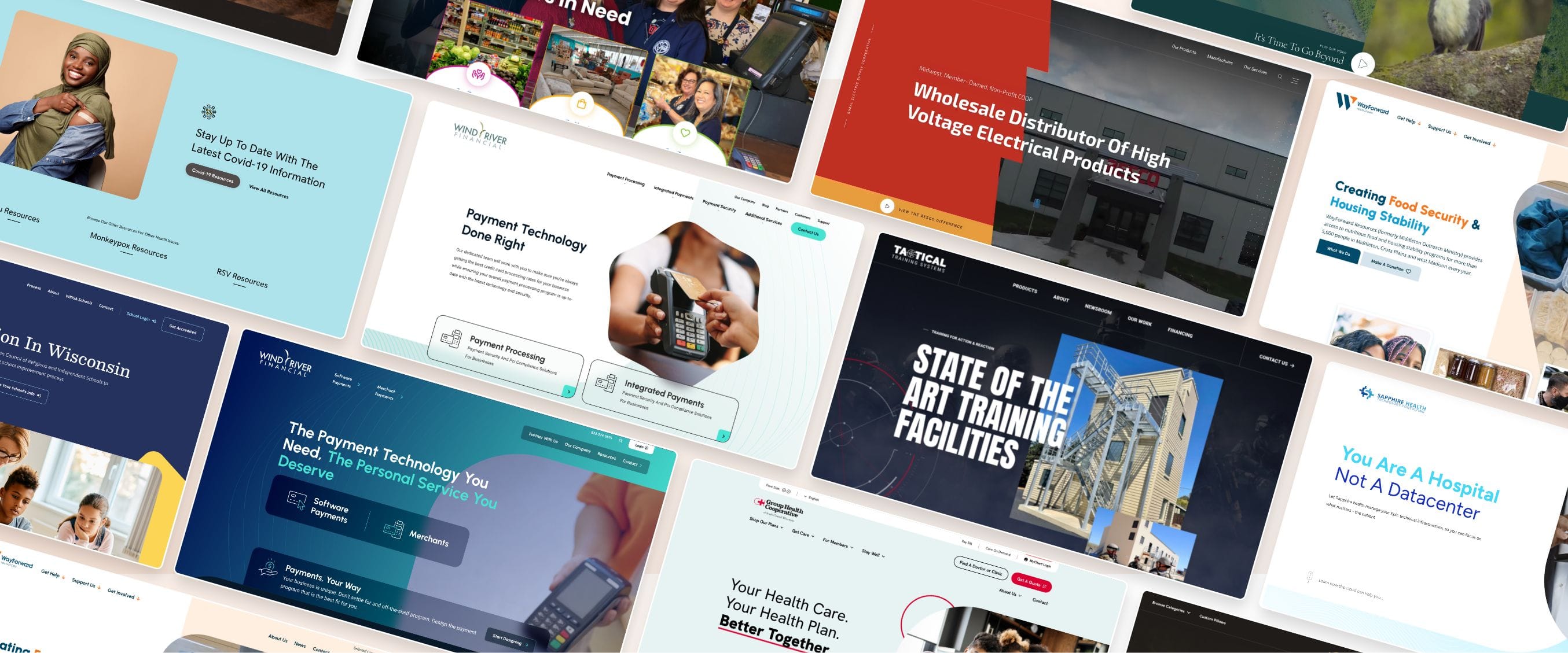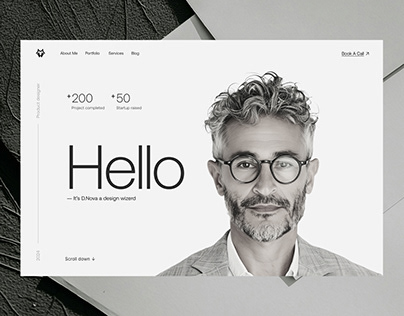User-Friendly Website Design Services That Improve Navigation and User Experience
User-Friendly Website Design Services That Improve Navigation and User Experience
Blog Article
Leading Tips for Creating an Impactful Site Style That Transforms
In today's digital landscape, the relevance of an impactful internet site design can not be overstated, particularly when it involves converting site visitors into clients. To achieve this, one need to consider a range of factors, including comprehending the target market, focusing on individual experience, and maximizing for mobile systems. The critical use of engaging call-to-actions and a well-defined aesthetic hierarchy plays an important duty in directing customers via their journey. As we discover these vital components, it becomes noticeable that the success of your website depends upon even more than simply aesthetics; it calls for a thoughtful strategy to style and performance.

Understand Your Target Target Market
Understanding your target market is essential to effective internet site style, as it lays the groundwork for developing an appealing user experience. Recognizing who your users are, including their demographics, choices, and habits, enables developers to tailor the internet site's material, layout, and capability to satisfy specific demands.
Performing complete marketing research is vital in this process. Studies, interviews, and analytics can supply valuable understandings into individual assumptions and pain factors. By compiling this information, developers can produce user identities that represent different sectors of the audience, ensuring that style choices are informed and appropriate.
In addition, comprehending the target market helps in picking appropriate style elements such as color design, typography, and images that resonate with individuals. A website that speaks straight to its audience cultivates a feeling of connection and trust, urging longer check outs and higher conversion rates.
Eventually, a user-centered technique to web site style not only boosts customer fulfillment but likewise sustains company purposes by driving interaction and loyalty. By focusing on the demands and choices of the target market, a website can properly offer its objective and achieve desired results.
Prioritize Customer Experience
To enhance the total performance of a website, prioritizing individual experience (UX) is necessary (Website Design). A properly designed UX makes sure that site visitors can browse the site effortlessly, find details promptly, and involve with material meaningfully. This brings about raised customer contentment and greater conversion rates
Begin by executing intuitive navigation. Menus should be realistically structured, allowing customers to situate crucial areas of the site with marginal initiative. Uniformity in style elements, such as shade systems and font styles, fosters experience, which is critical for keeping user involvement.
In addition, think about the loading rate of your site. A delay of simply a few secs can bring about considerable drop-offs, as users are much less likely to wait for a slow-loading web page. Streamlining photos and enhancing code can boost performance and keep site visitors.
By prioritizing customer experience, you not just create a more satisfying setting for site visitors yet also strengthen your brand name's credibility. Ultimately, a focus on UX is an investment in the long-lasting success of your web site.
Maximize for Mobile Instruments
Maximizing for mobile devices is essential in today's digital landscape, where a boosting variety of individuals gain access to internet sites via smart devices and tablet computers. A mobile-friendly layout not just improves individual experience however likewise plays a considerable function in enhancing online search engine rankings. To achieve this, it is vital to adopt a receptive design that automatically adapts to various display sizes and alignments.

Filling rate is another critical variable; mobile individuals are generally much less individual and expect rapid accessibility to info. Maximize pictures and leverage internet browser caching to enhance efficiency. Test your website on several devices and display resolutions to identify and remedy any prospective use problems. By focusing on mobile optimization, you guarantee that your internet site remains affordable and effectively engages a more comprehensive audience.
Use Engaging Call-to-Actions
An internet site's effectiveness commonly rests on its ability to direct site visitors towards wanted actions, making compelling call-to-actions (CTAs) crucial components of design. CTAs function as the essential factors that direct individuals to engage with the website, whether that suggests buying, registering for an e-newsletter, or downloading and install a resource.
To develop reliable CTAs, quality is extremely important. Usage succinct language that plainly connects the activity you want the individual to take.
In addition, think about using directional signs, such as arrowheads or images, to lead individuals toward these buttons. By concentrating on these elements, businesses can dramatically improve customer interaction, driving conversions and ultimately attaining their site's objectives.
Concentrate On Visual Hierarchy
Reliable site design counts heavily on a well-structured aesthetic pecking order that overviews individuals via material flawlessly. By organizing components in a way that prioritizes info, designers can enhance customer experience and promote decision-making. This entails using dimension, shade, comparison, and spacing purposefully to accentuate one of the most essential elements of a website.
Making use of bigger fonts for headings and subheadings establishes a clear difference in between various sections, permitting users to scan material easily. Additionally, employing contrasting shades for buttons and calls-to-action can capture individual focus and urge interaction. Whitespace is another necessary part; it prevents clutter and allows individuals to concentrate on vital messages without interruptions.
Pictures and graphics must enhance the message while additionally sticking view website to the established hierarchy, strengthening the general message (Website Design). Consistency in style aspects, such as color pattern and typography, more reinforces the aesthetic power structure, making navigating instinctive

Final Thought
In verdict, efficient website layout requires an extensive understanding of the target audience, prioritization of user experience, and mobile optimization. Inevitably, a well-executed web site style this article offers as an important element in driving user actions and achieving organization goals.
Report this page